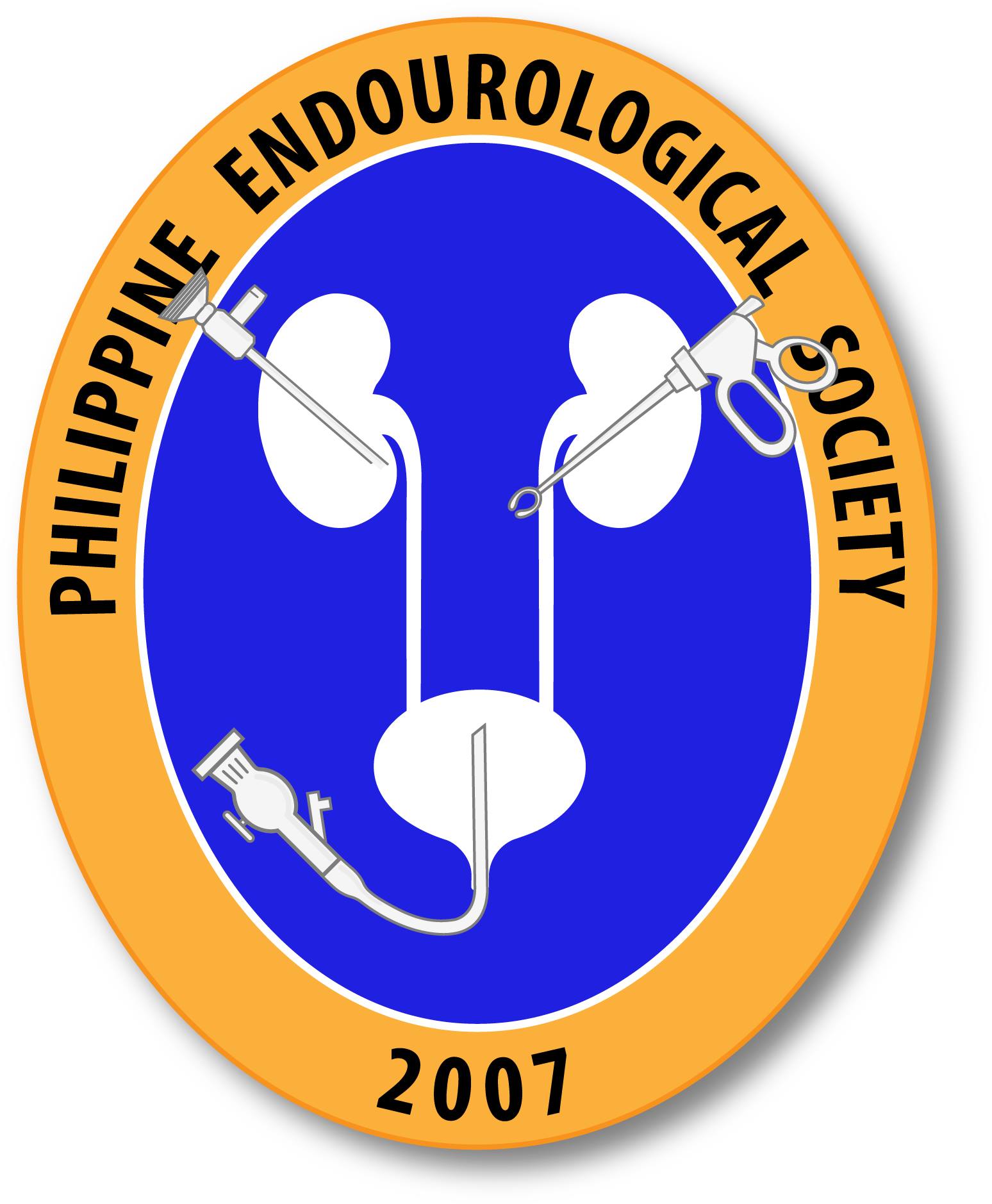Primary Pediatric Renal Primitive Neuroectodermal Tumor: A Case Report with different stage CT and MRI images.
Ewing sarcoma/primitive neuroectodermal tumor (ES/PNET) of the kidney in children younger than 10 years of age is extremely rare. We describe here the case of a 7 year old female patient who was diagnosed with ES/PNET. The timeframe for this case spanned from 8 months prior to diagnosis until 8 months post surgical removal of […]
